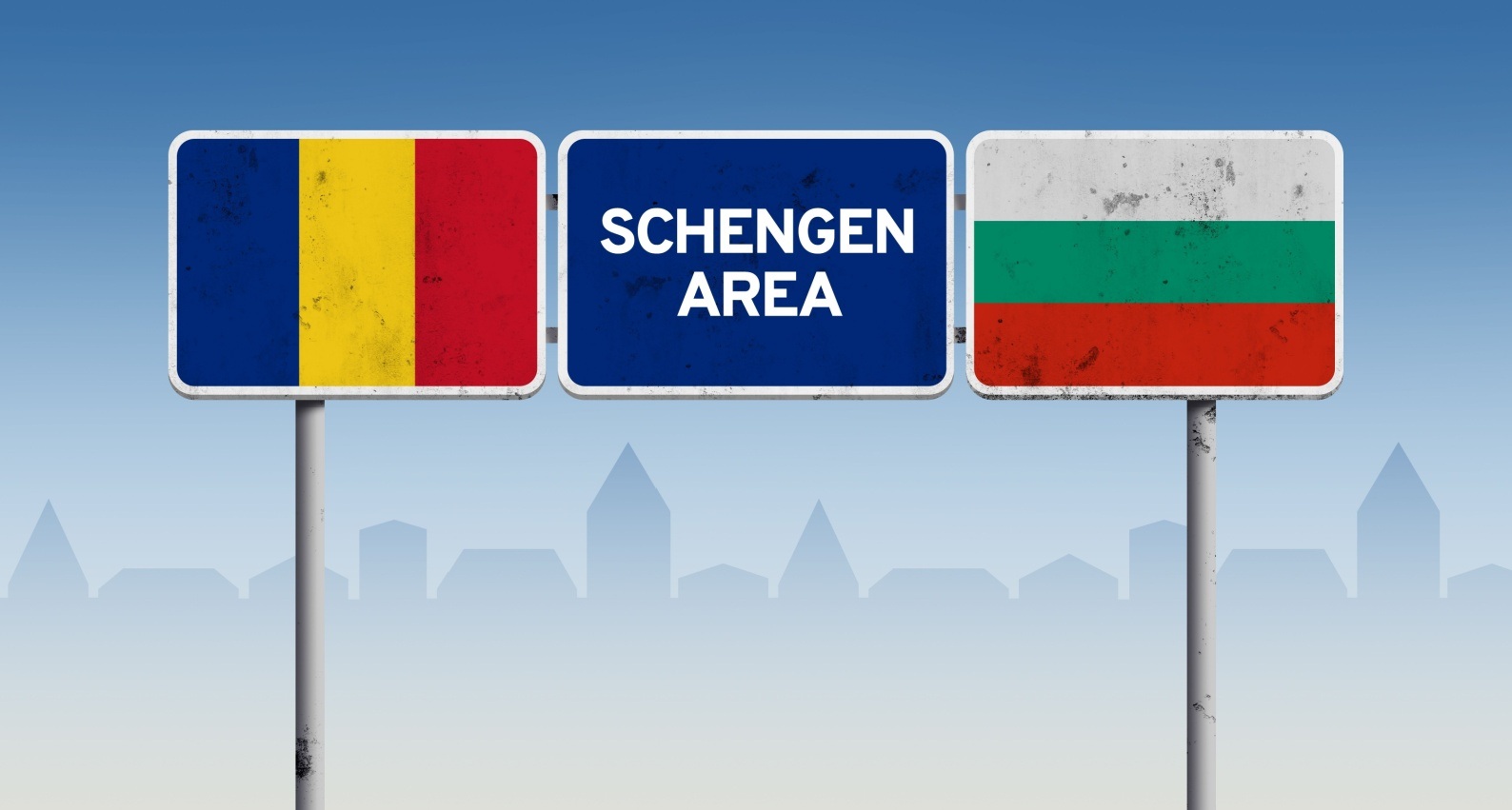Romania’s Emergence as Europe’s Nearshoring Hub
Published on 23 Jan, 2025

Romania’s accession to the Schengen Area is expected to significantly enhance its role in Europe’s supply chain, especially in automotive, defense, and other manufacturing sectors. Amid rising labor costs, volatile energy prices, political uncertainty, and supply chain disruptions in Western Europe, Romania stands out with 25–50% lower labor costs, a strong talent pool, and infrastructure equipped for advanced manufacturing. Romania’s trade dynamics, industrial growth, and logistical advancements are expected to strengthen its position as a strategic nearshoring destination in the European market.
Geopolitical tensions, such as the Red Sea crisis and the Russia-Ukraine war, have significantly disrupted global supply chains. Over the past few years, organizations have also grappled with rising inflation. In response, nearshoring has emerged as a prominent strategy, with Romania standing out as an attractive choice for European companies.
Romania’s full accession to the Schengen Zone eliminates land border controls. This, along with its affordable skilled labor and robust infrastructure, further strengthens the country’s appeal. For industries reliant on fast and efficient cross-border supply chains, such as automotive and manufacturing, the reduction in transit times and logistics costs is a game-changer. The removal of customs delays makes Romania an increasingly viable hub for production and logistics.
Current Trade Dynamics Between Romania and Europe
Romania maintains robust trade ties with Europe. In 2023, its exports primarily included machinery and transport equipment (45%, largely automobiles), manufactured goods (16%), and miscellaneous manufactured articles (14%). The European Union remains Romania’s top trading partner, accounting for 73% of total exports. Within the EU, Germany received 20% of Romania's exports, Italy 10%, France 6%, and Hungary 5%, with the remaining exports distributed among other European countries.
Romania remains a resilient market despite a 13% dip in foreign direct investment (FDI) in 2023. The EY Romania Attractiveness Survey (early 2024) reveals that 67% of investors foresee increased attractiveness over the next three years. Romania outperforms Greece and Bulgaria in securing FDI projects and ranks fifth in Central and Eastern Europe for average jobs created per project. This highlights strong investor confidence in the country as a sourcing alternative. The country’s accession to the Schengen Zone is expected to further ease the moving of goods. This development positions Romania as a prime nearshoring destination, enabling European businesses to strengthen their supply chains.
Industry Growth: New Plants and Expansions
Romania’s manufacturing sector is experiencing significant growth, particularly in the automotive industry, driven by international investments. Gestamp, a Spanish multinational automotive engineering company. has opened a new car parts factory in Argeș County, employing 200 people and strengthening Romania’s role in the European automotive supply chain. Nokian Tyres has commenced production at its zero CO2 emission tire factory in Oradea, with commercial operations set to begin in 2025 and an annual capacity of 6 million tires. German company Schieffer Industries is building a plastic components factory in Hunedoara, which is expected to bolster the automotive supply chain by late 2025.
Beyond automotive, the Busch Group has expanded its Pfeiffer Vacuum+Fab Solutions facility in Cluj to enhance vacuum technology solutions. South Korea’s Hanwha Aerospace plans to establish an armored vehicle factory in Romania, positioning the country as a regional defense manufacturing hub. These developments are boosting economic growth, fostering technological advancement, improving infrastructure, and creating a skilled workforce, firmly establishing Romania as an emerging European manufacturing hub.
Logistics: A Cornerstone of Romania’s Connectivity
Romania’s strategic location between Asia and Europe and near the Balkans and the Middle East has been crucial to its emergence as a sourcing destination. The country boasts a well-developed logistics infrastructure, including major ports like Constanța, which offers direct access to the Black Sea and facilitates maritime trade with Western Europe.
Additionally, Romania’s 86,388-kilometer road network and 10,769-kilometer rail network (including 4,000 kilometers electrified) connect major cities like Bucharest, Cluj-Napoca, Timișoara, and Iași to international hubs. This strong logistics framework supports industries like automotive and manufacturing by enabling the timely delivery of components and products across Europe.
Reshaping the Future Supply Landscape for Europe
The establishment of new plants, expansion of existing facilities, and Romania’s integration into the Schengen Zone is expected to redefine the country’s role in Europe’s supply chain landscape. With enhanced manufacturing capacity and a cost-effective, skilled workforce, Romania is emerging as a key supplier for the automotive sector and a leading nearshoring destination for European businesses. Its strategic location and growing industrial base make it an ideal hub for production and distribution to Western European markets.
The removal of border controls streamlines logistics, reduces costs, and boosts trade efficiency, providing European companies with reliable, cost-effective sourcing options. As investments in manufacturing facilities and infrastructure are thriving, Romania’s importance as a hub for automotive, manufacturing, and other industries is set to grow, strengthening Europe’s supply chains and underscoring Romania’s pivotal role in shaping the future of trade and sourcing in the region.
